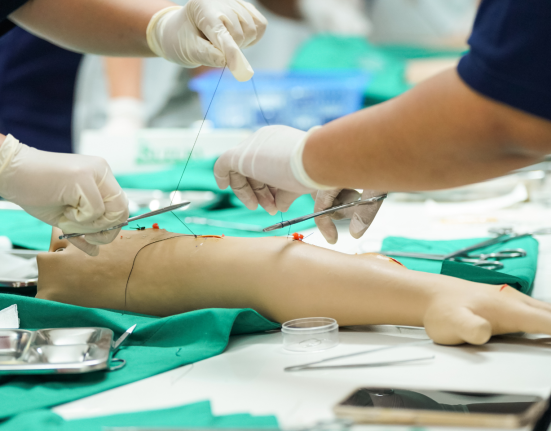Choosing your Provisionally Registered Pharmacist (PRP) placement is one of the most important early decisions you’ll make in your pharmacy career. It sets the tone for your professional growth, shapes your experience, and often influences your future direction—whether in community, hospital, or industry roles.
If you’re asking yourself how to choose PRP placement in Malaysia, you’re not alone. Pharmacy graduates often feel torn between the government and private sectors. Each comes with its own set of pros, cons, expectations, and opportunities. This guide will help you make an informed decision based on your goals, values, and work style.
What Is a PRP Placement, and Why Does It Matter?
Before you can become a Fully Registered Pharmacist (FRP), you must complete a 12-month PRP training under the supervision of an approved preceptor at a recognised facility. This placement isn’t just a formality—it’s where you’ll:
- Apply your clinical knowledge in real-life scenarios
- Develop soft skills like communication and time management
- Learn pharmacy operations, ethics, and protocols
- Complete logbooks and competency assessments required by the Pharmacy Board Malaysia
So, if you’re wondering how to choose PRP placement Malaysia graduates can truly benefit from, the answer lies in understanding the day-to-day experience in each setting.
Government PRP Placement
Where you’ll work:
Typically in public hospitals, health clinics (Klinik Kesihatan), or Ministry of Health (MOH) facilities.
Key Advantages:
✅ Structured training programme: Government placements usually follow a strict rotational system that exposes you to various departments—outpatient, inpatient, ward pharmacy, procurement, counselling, and more.
✅ Broad clinical exposure: You’ll see a high patient volume and wide variety of cases, making it excellent for developing strong clinical judgement.
✅ Strong mentorship culture: Senior pharmacists are usually experienced and familiar with PRP training requirements.
✅ Pathway to public sector career: Completing PRP in a government facility increases your chances of securing permanent positions in the MOH system, especially if you’re interested in public service.
Potential Drawbacks:
🚫 Competitive and limited spots: High demand and limited placement mean not all applicants secure a government PRP post.
🚫 Less flexibility: Work hours, rotations, and leave may be strictly regulated.
🚫 Transfer risk: Some trainees may be posted to rural or underserved areas, which can be a challenge for those not prepared to relocate.
Private PRP Placement
Where you’ll work:
In private hospitals, retail/community pharmacies, or pharmaceutical companies (must be approved by the Pharmacy Board Malaysia).
Key Advantages:
✅ More flexible environment: Generally, you’ll find more autonomy, and often a more relaxed pace—particularly in community settings.
✅ Exposure to business operations: Especially in retail pharmacies, you’ll gain insights into inventory, customer service, and daily operations.
✅ Good mentorship potential: Many private institutions take fewer PRPs at once, allowing for more personalised guidance.
✅ Faster industry access: If you aim for careers in pharmaceutical sales, regulatory affairs, or medical writing, private placements—especially in pharma companies—offer a direct route.
Potential Drawbacks:
🚫 Training depth may vary: Some private facilities may not offer the same clinical breadth as government hospitals.
🚫 Self-driven learning is crucial: Without a formal rotation structure, you may need to take extra initiative to meet learning objectives.
🚫 Limited exposure to severe clinical cases: Compared to high-volume government hospitals, private settings may not always offer the same case complexity.
Key Questions to Ask Yourself Before Choosing
- Do you prefer a structured, clinical learning environment—or a flexible, business-focused one?
- Are you open to relocating for government service if required?
- Do you see yourself in the public sector long-term, or leaning towards private healthcare or industry?
- How important is one-on-one mentorship and guidance in your learning style?
- Are you comfortable with high-pressure, high-volume settings like government hospitals?
What Employers Look For After PRP
Whether you do your PRP in the government or private sector, what really matters is how you maximise the experience. Employers value:
- Strong clinical reasoning and communication skills
- A proactive attitude
- Professionalism and ethical judgement
- The ability to work independently and in teams
- Clear documentation and reporting
Both paths can help you develop these traits if you commit to learning and growth throughout the year.
There’s No “Best”—Only What’s Right for You
There’s no one-size-fits-all answer. The right PRP placement depends on your career goals, learning style, and personal circumstances.
Government PRP is often seen as more clinical and structured. Private PRP may offer more flexibility and a business-oriented experience. Both paths can lead to successful, fulfilling pharmacy careers.
Take the time to do your research, speak to seniors who’ve walked the path, and consider what kind of pharmacist you want to become.

























